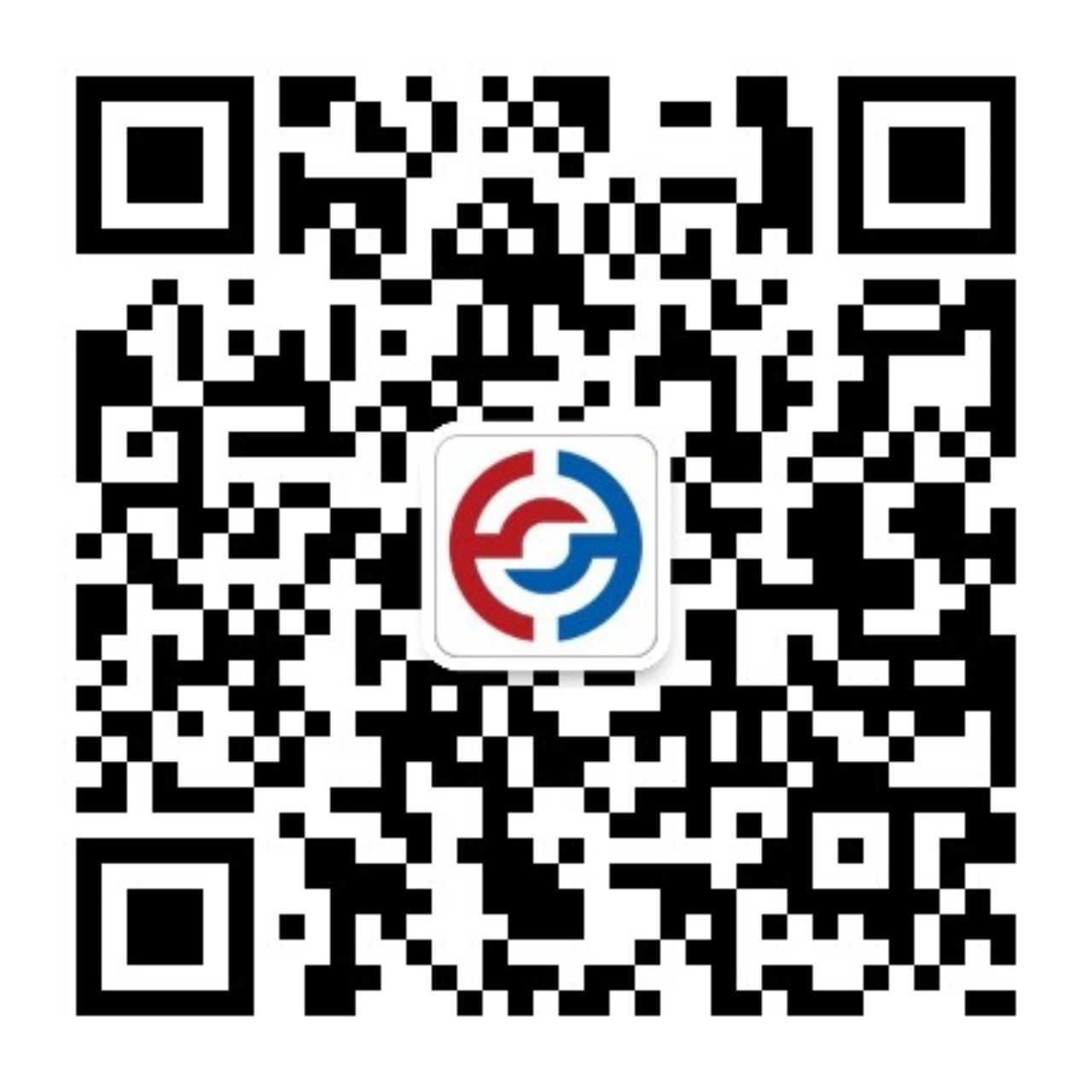AIB爱尔兰建筑业采购经理人指数从8月份的45.9升至2025年9月的48.1,标志着该行业连续第六个月收缩。然而,最新数据显示,这是自6月以来最温和的衰退,受到新订单近乎稳定的支撑。住房和土木工程活动继续下降,住宅项目急剧下降,这是两年半来下降最快的一次。与此同时,商业活动略有上升,这是三个月来的首次增长。为了应对工作量的减轻,公司缩减了人员编制,这是自2022年底以来首次连续裁员,而投入购买连续第四个月下降。由于燃料成本上升,交付周期稳步延长,尽管是自5月以来的最低程度。在价格方面,由于燃料和原材料价格上涨,投入成本通胀加速。最后,受新订单增强的预期支撑,市场情绪升至四个月高点。
The AIB Ireland Construction PMI rose to 48.1 in September 2025, up from 45.9 in August, signaling the sixth consecutive monthly contraction in the sector. However, the latest reading indicated the mildest downturn since June, supported by a near-stabilisation in new orders. Housing and civil engineering activity continued to decline, with residential projects falling sharply — the fastest drop in two and a half years. Meanwhile, commercial activity rose slightly, marking its first increase in three months. In response to easing workloads, firms scaled back staffing levels, posting the first back-to-back reductions in employment since late 2022, while input buying declined for the fourth straight month. Lead times lengthened solidly, though to the least extent since May, amid higher fuel costs. On prices, input cost inflation accelerated, driven by rising fuel and raw material prices. Finally, sentiment improved to a four-month high, supported by expectations of stronger new orders.













